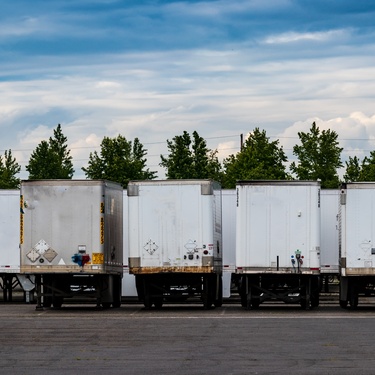
Chemical spills in a warehouse environment can pose serious health and safety risks. Whether it’s a minor incident or a more significant hazard, responding quickly and effectively is critical to ensuring the well-being of employees and minimizing damage. Continue reading to learn how to respond to a chemical spill in a warehouse so you can maintain a secure working environment.
Prioritize Safety and Containment
When a chemical spill occurs, ensuring the safety of everyone in the area must be your first priority. Workers should quickly evacuate the immediate vicinity of the spill to reduce exposure risks. Once the area is clear, containment efforts should begin. Place barriers or spill containment socks around the spill to prevent it from spreading further. Acting swiftly at this stage can limit the risk of the chemical reaching larger surface areas or drains, which could lead to environmental contamination.
Use Proper Personal Protective Equipment
Dealing with chemical spills requires the appropriate personal protective equipment (PPE) to safeguard against harmful exposure. Gloves, goggles, and chemical-resistant suits are among the critical elements of PPE. Always store PPE in an accessible location and make sure it is in good condition. Employees tasked with handling the spill should be well-trained on how to properly don and remove protective gear to avoid accidental contact with hazardous substances. Proper use of PPE will significantly reduce health risks associated with chemical spills.
Follow the Correct Emergency Response Protocols
Every facility should have a clear set of safety precautions to take when using industrial chemicals. Train all staff to adhere to these procedures, which typically include containing the spill, notifying the appropriate team or individual, and securing the surrounding area. Following established guidelines guarantees consistency, reduces errors, and ensures the safety of everyone involved during an emergency. Additionally, the protocols should detail the proper methods for disposing of contaminated materials to comply with safety and environmental regulations.
Report the Incident and Evaluate the Response
Prompt reporting is vital after you have addressed a chemical spill. Inform the necessary supervisors or safety officers and complete an incident report with details such as the type of chemical, the scope of the spill, and the actions taken. This documentation is crucial for understanding the root cause of the spill and preventing similar occurrences in the future. Additionally, take this opportunity to evaluate the effectiveness of the response and update safety procedures as needed.
Knowing how to respond to a chemical spill in a warehouse requires preparation, training, and vigilance. Make sure that employees have the right knowledge and protective tools to maintain a safe and efficient warehouse environment. If you’re ready to take your workplace safety to the next level, consider scheduling a thorough training session to prepare your team for any emergency.
Bio: Casey is a passionate copyeditor highly motivated to provide compelling SEO content in the digital marketing space. Her expertise includes a vast range of industries from highly technical, consumer, and lifestyle-based, with an emphasis on attention to detail and readability.



















